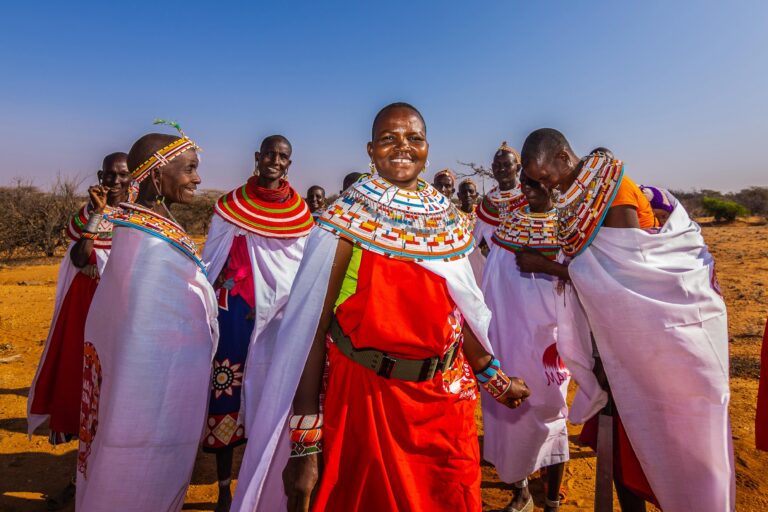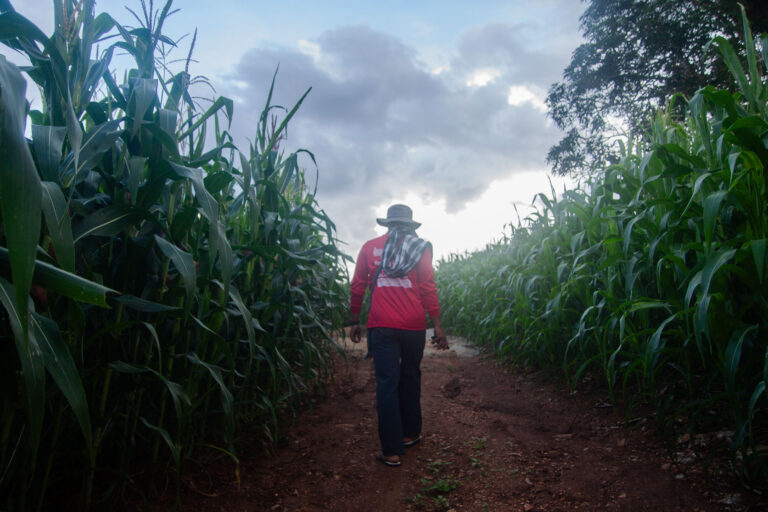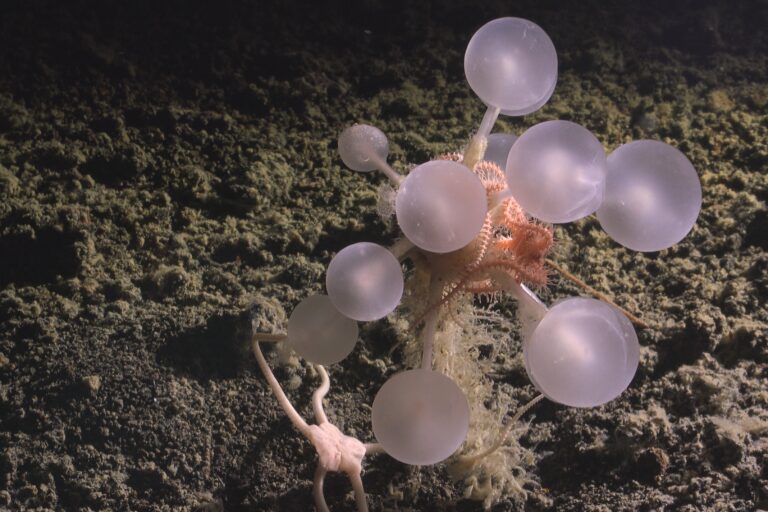- In Puerto Rico, scientists and conservationists are deploying drones and satellite tags to gather data about leatherback sea turtles.
- Leatherback sea turtles, the largest species of turtles in the world, have seen their populations decline due to poaching, habitat loss and bycatch in fishing nets.
- Two teams are now collaborating to use drones to identify nesting sites in Maunabo in Puerto Rico.
- They’re also tagging the animals to understand more about their migration patterns once they leave the nesting beach.
It was supposed to be a night like any other.
Luis Crespo and his team would walk the beach of Maunabo, Puerto Rico, looking for leatherback sea turtles (Dermochelys coriacea). Once they’d identified nesting sites, they would attach metal flipper tags on them. This has been the core of their work since Crespo founded Amigos de las Tortugas Marinas (ATMAR), a nonprofit organization for the conservation of sea turtles, in 2001.
But on that night in May 2016, as Crespo patrolled the beach, he spotted something strange: a nesting turtle with a tag different from theirs.
Crespo then used a database to trace the tag back to Kara Dodge, at the time a postdoctoral researcher at Massachusetts-based nonprofit Woods Hole Oceanographic Institute. As it turned out, Dodge had tagged the turtle four years earlier, when she was a Ph.D. student in New Hampshire.
“Usually when we tag a turtle, we will be able to track them for hopefully up to a year and then that’s it. We don’t get to hear back from them,” Dodge, who is now a research scientist at the New England Aquarium’s Anderson Cabot Center for Ocean Life, told Mongabay in a video interview.

The connection Crespo and Dodge made over that turtle, whom they named Maeby, has now morphed into a collaboration that aims to protect and conserve the habitats of leatherback sea turtles in Puerto Rico. Using drones and satellite tags, the duo and their respective teams are working together to identify nesting habitats and understand post-nesting migration patterns of the species in the region.
“It’s very fascinating that a sea turtle connected people who were far away from each other to get this research started,” Crespo told Mongabay in a video interview.
Puerto Rico is a major breeding ground for leatherback sea turtles. But these turtles are ubiquitous and are found in most oceans. They’re the largest species of turtles in the world, and the only one without scales and a hard shell. However, loss of nesting grounds, rampant poaching and accidentally getting caught in fishing nets have all contributed to a steady decline in their population over the years. In the U.S., they’ve been declared an endangered species. At the global level, they’re considered vulnerable on the IUCN Red List.
For scientists, monitoring the movement of these turtles and understanding their behavior in the ocean is a challenging task because of their highly migratory nature; they can travel up to 16,000 kilometers (10,000 miles) every year, shuttling between nesting sites and foraging grounds.
“Most of what we know about leatherbacks is through the reproductive females in nesting beaches,” Dodge said. “That means we are only looking at a small slice of the population. It is very difficult to access males and other life stages of these turtles.”
Through their collaboration, Dodge and Crespo are attempting to fill some of the gaps that exist in monitoring the turtles in Puerto Rico, where currently no federal protections exist for their habitats.
“And that’s partly due to lack of information,” Dodge said.
The team uses drones and satellite tags to gather data on where the turtles swim between nesting and also to track their migration after nesting.
Since January this year, Crespo and his team have used drones equipped with visual and thermal cameras to spot nesting females at night. It’s starkly different from how they gathered data previously. For years, Crespo and his team would walk the beach all night to spot turtles, a task so tedious and often unsafe that the team began using all-terrain vehicles to traverse the beach. But the vehicles “made a lot of noise and required a lot of maintenance,” Crespo said. “There was also the possibility of impacting the turtles while they were on the beach.”

Since he got his hands on a drone funded by the New England Aquarium’s Marine Conservation Action Fund, Crespo has been able to expand the area that he monitors. It’s also solved another problem. While patrolling on foot or using a vehicle, the team looks for tracks left behind by the turtles to spot them.
“By the time we saw the tracks, the animals were already making the nest or were in the middle of the process,” he said. “With the drone, you can see them right from when they are coming out of the water. We have more time to work with the animals.”
Once they spot the turtles, Dodge and her team step in to attach satellite tags to them. After the turtles leave the beach, Dodge continues to monitor their location on a near-real-time basis. Apart from the location, she also gets information about the depths to which they dive and the amount of time they spend at the surface.
“For Puerto Rico, specifically, we prioritize location data because we are trying to understand where the heck they go after nesting,” she said.
Since 2018, Dodge has tagged 24 turtles. The findings, she says, have been fascinating. In 2021 and 2022, the team tracked at least one turtle that traveled to the Gulf of Mexico. Last year, another turtle the team tagged was found spending the entire feeding season off the south coast of Cuba, a location, Dodge said, that has never been considered a foraging ground for the species.
“These turtles are spending a lot of energy during these migrations, and they wouldn’t do that without a reason,” she said. “The data does answer some questions, but it actually leads to more questions.”
The team has now secured more funding to continue the project for another three years, during which time they hope to collect even more data and expand the work to include other key nesting beaches on the north and west coasts of Puerto Rico.
“Once we have more data, we hope to be able to feed it to other countries because these turtles are always going to be passing through international waters,” Dodge said. “I am hoping this data can be translated into action because this is an amazing animal that has been around for over 100 million years. And, gosh, we can’t lose them on our watch.”
Banner image: A leatherback hatchling. Image by Florida Fish and Wildlife via Flickr (CC BY-ND 2.0).
Abhishyant Kidangoor is a staff writer at Mongabay. Find him on Twitter @AbhishyantPK.














